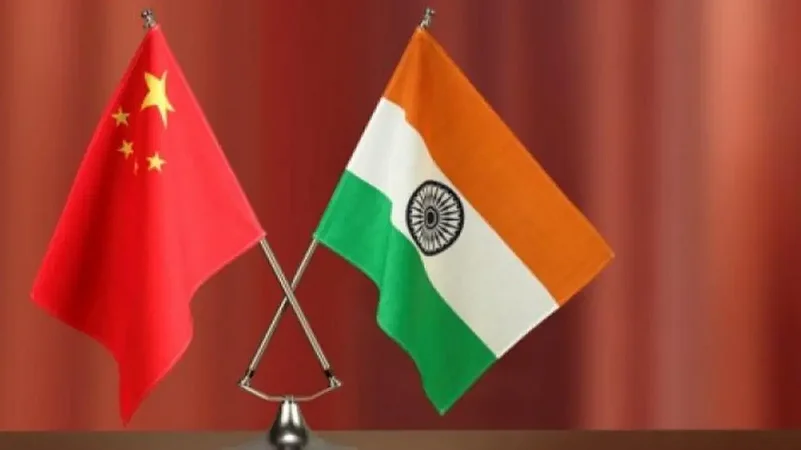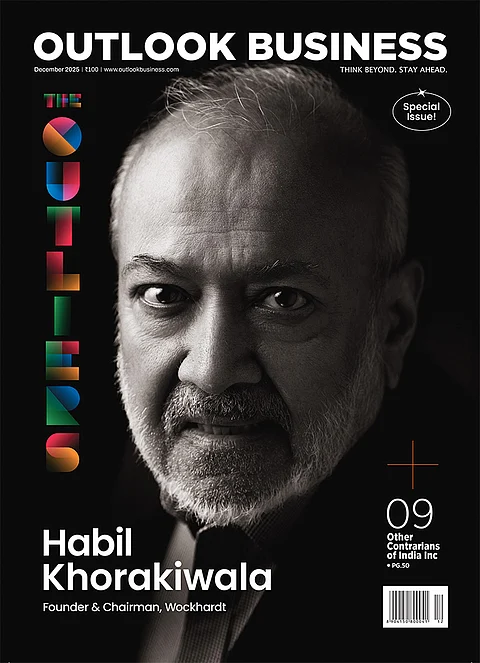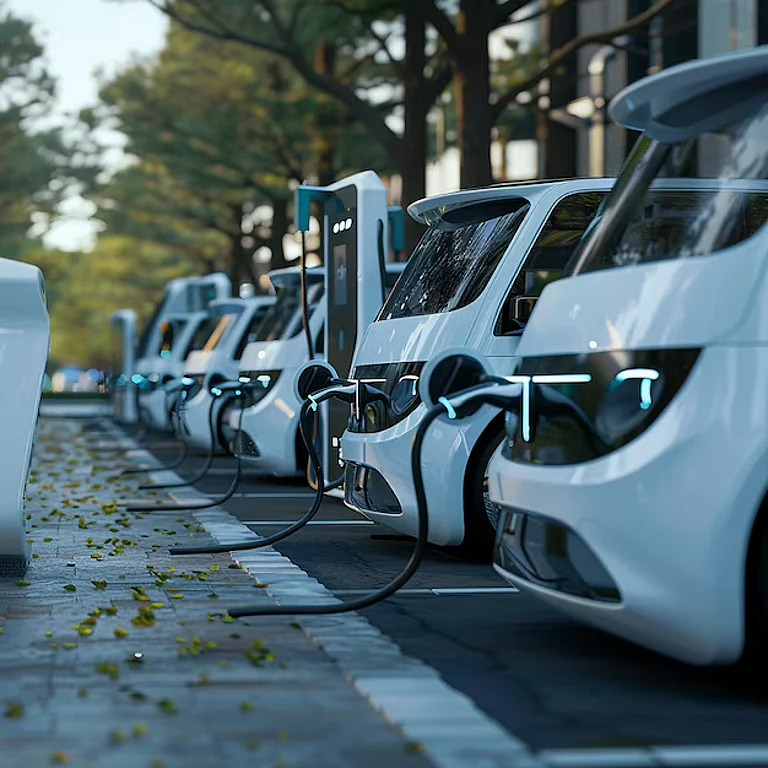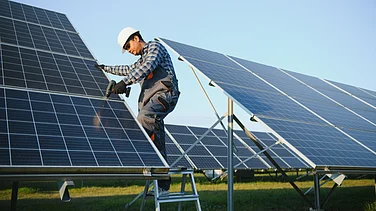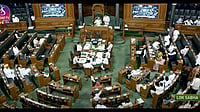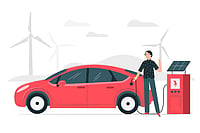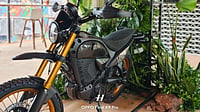
China filed a WTO complaint over India’s EV and battery subsidies.
Beijing called India’s incentives an “unfair advantage” harming Chinese industry interests.
India offers up to 46% subsidies on EVs like Tata Nexon.
Despite incentives, India’s EV adoption remains low at just 2% market share.
China has complained at the World Trade Organisation (WTO) on Wednesday regarding India’s electric vehicle (EV) and battery subsidies, while claiming that the country gives an ‘unfair competitive advantage’ to domestic manufacture and thereby undermine the interests of Beijing.
While releasing a statement, China's Ministry of Commerce said that it will take "firm measures" to effectively protect the legitimate rights and interests of its domestic industries.
An Economic Times report stated that India offers the highest subsidies on electric cars among major countries of the world. For the electric version of the Tata Nexon, which is the country’s best-selling EV, the total subsidies both direct and indirect, amount to roughly 46 per cent of its price.
Among these benefits are reduced Goods and Services Tax (GST) and road tax as compared to petrol and diesel models, along with indirect support received by the manufacturer through the production-linked incentive (PLI) scheme, the report mentioned. On the other hand, top-selling models in China get a subsidy of 10 per cent, 16 per cent in Korea, 20 per cent in Germany, and 26 per cent in both the US and Japan.
Even after such high subsidies, India has achieved very low EV adoption, making up just two per cent of the vehicle market, which is the lowest as compared to other countries.
According to a Business Standard report from January, under the ₹2,000-crore PM Electric Drive Revolution in Innovative Vehicle Enhancement (PM eDRIVE) scheme, which was introduced as a successor to the FAME programme, the Centre will cover at least 80 per cent of the cost of building upstream infrastructure for public fast-charging stations across the country. In certain cases, the subsidy may go up to 100 per cent, as per the revised policy framework.
The Ministry of Heavy Industries (MHI) was said to release 30 per cent of the subsidy under the scheme, once the tender is awarded and 40 per cent after the installation of the electric fast-charging station, and the remaining balance after successful commercial operation of the station.
In August, the MHI extended the PM E-DRIVE subsidy scheme for two years, for certain segments including e-trucks, e-ambulances, ebuses, and charging infrastructure, which will now receive subsidies till March 31, 2028.
According to a government notification issued on August 7, 2025, subsidies for electric two-wheelers, e-rickshaws, electric three-wheelers, and electric carts will be discontinued after March 2026.






